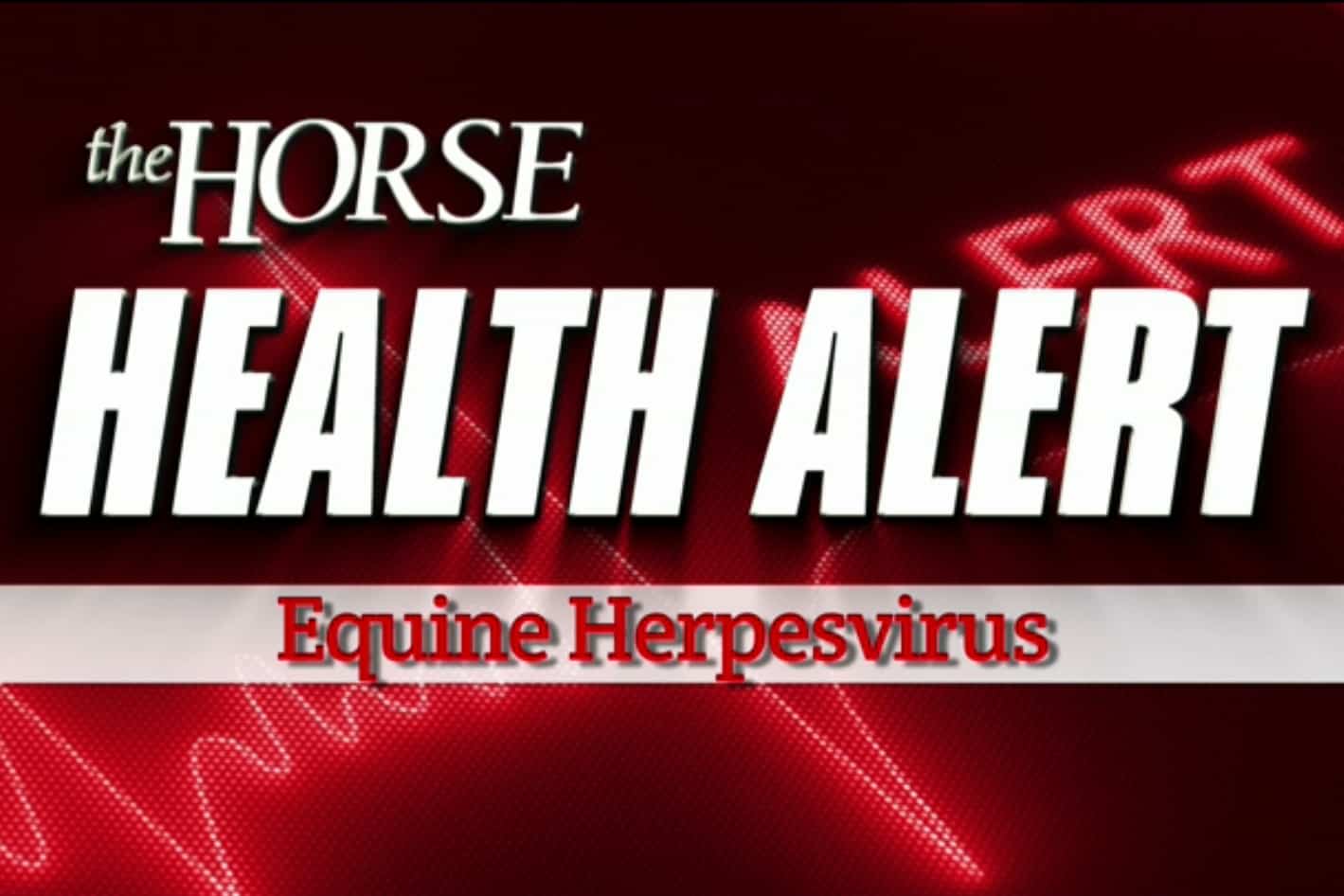Seven More EHM Cases at Maryland’s Laurel Park Racetrack

On March 15, Maryland Department of Agriculture (MDA) officials confirmed additional cases at Laurel Park when a second horse in the index case’s barn began exhibiting clinical signs of EHV-1. The horse was euthanized.
Subsequently, MDA Animal Health officials tested the 20 horses remaining in that barn on March 17, and six of those horses, though asymptomatic, tested positive. All positive horses were removed to off-site isolation.
The hold order on the four impacted barns was reset, and prior to releasing the hold order, veterinarians will retest horses from the index barn.
MDA continues to monitor the outbreak along with Laurel Park Racetrack and Maryland Jockey Club to safely continue daily operations with the least-possible disruption.
EHV 101
Herpesvirus is highly contagious among horses and can cause a variety of ailments in equids, including rhinopneumonitis (a respiratory disease usually found in young horses), abortion in broodmares, and equine herpesvirus myeloencephalitis (EHM, the neurologic form).

In many horses, the first or only sign of EHV-1 infection is fever, which can go undetected. In addition to fever, other common signs of EHV-1 infection in young horses include cough, decreased appetite, depression, and a nasal discharge. Pregnant mares typically show no signs of infection before they abort, and abortions usually occur late in gestation (around eight months) but can be earlier. Abortions can occur anywhere from two weeks to several months following infection with EHV-1.
Horses with EHM usually have a fever at the onset of the disease and might show signs of a respiratory infection. A few days later, neurologic signs such as ataxia (incoordination), weakness or paralysis of the fore- and hind limbs, urine retention and dribbling, loss of tail tone, and recumbency (inability to rise) develop.
Herpesvirus is easily spread by nose-to-nose or close contact with an infectious horse; sharing contaminated equipment including bits, buckets, and towels; or clothing, hands, or equipment of people who have recently had contact with an infectious horse. Routine biosecurity measures, including hygiene and basic cleaning and disinfection practices, should be in place at all times to help prevent disease spread.
Current EHV-1 vaccines might reduce viral shedding but are not protective against the neurologic form of the disease. Implementing routine biosecurity practices is the best way to minimize viral spread, and the best method of disease control is disease prevention.
Written by:
Edited Press Release
Related Articles
Stay on top of the most recent Horse Health news with












